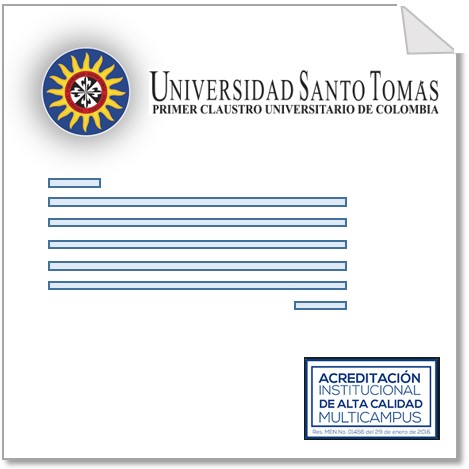Quantifying functional training by evaluating the perceived exertion in physically active subjects

Fecha
Autores
Bustos-Viviescas, Brian Johan
Arévalo Contreras, Daniel Eduardo
Acevedo Mindiola, Andrés Alonso
Castellanos Jiménez, John Steven
Director
Enlace al recurso
DOI
ORCID
Google Scholar
Cvlac
gruplac
Descripción Dominio:
Título de la revista
ISSN de la revista
Título del volumen
Editor
Universidad Santo Tomás, Bogotá
Compartir

Resumen
The purpose of the study was to determine the relationship between the session rating of perceived exertion (RPE) and the Edward Index (EI) to quantify the internal load based on the heart rate in high-intensity functional training with physically active subjects. This is a descriptive correlational study with a sample of 16 men and 7 women. The Course-Navette Test was used in the evaluation of the HRMAX and two days after the Karen WOD was used, where each participant had a Polar h7 pulse watch and the subjective perception scale of the session (0-10) was gathered. The EI was calculated based on these data. The statistical analysis was made in the PSPP software (p-value of 0.05), in which a Spearman correlation coefficient was used to relate the RPE and the EI. The relationship between the scale collected in the different postexercise time fragments and the EI was positive and very significant (r = 0.6-0.8; p < 0.01). In conclusion, the RPE is a viable, economic and easily applied method to quantify the internal load in high-intensity functional training with physically active subjects.
El propósito de este estudio fue determinar la relación entre la valoración del esfuerzo percibido en la sesión (Epes) y el índice de Edwards (IE) para cuantificar la carga interna basada en la frecuencia cardíaca durante el entrenamiento funcional de alta intensidad con sujetos físicamente activos. Este corresponde a un estudio descriptivo de tipo correlacional, con una muestra a conveniencia conformada por 16 hombres y 7 mujeres. En la valoración de la frecuencia cardíaca máxima (FCMÁX) se utilizó el test de Course-Navette y dos días después se realizó el WOD Karen, en el que cada participante contaba con un pulsómetro Polar H7 y se recolectaba la escala de percepción subjetiva de la sesión (0-10); a partir de estos datos, se calculó el IE. En el software PSPP (p-valor de 0.05) se llevó a cabo el análisis estadístico, en el que se utilizó un coeficiente correlacional de Spearman para relacionar la Epes y el IE. La relación entre la escala recolectada en los diferentes fragmentos de tiempo posejercicio y el IE fue positiva y muy significativa (r = 0.6-0.8; p < 0.01). En conclusión, la Epes es un método viable, económico y de fácil aplicación para cuantificar la carga interna en el entrenamiento funcional de alta intensidad con sujetos físicamente activos.
El propósito de este estudio fue determinar la relación entre la valoración del esfuerzo percibido en la sesión (Epes) y el índice de Edwards (IE) para cuantificar la carga interna basada en la frecuencia cardíaca durante el entrenamiento funcional de alta intensidad con sujetos físicamente activos. Este corresponde a un estudio descriptivo de tipo correlacional, con una muestra a conveniencia conformada por 16 hombres y 7 mujeres. En la valoración de la frecuencia cardíaca máxima (FCMÁX) se utilizó el test de Course-Navette y dos días después se realizó el WOD Karen, en el que cada participante contaba con un pulsómetro Polar H7 y se recolectaba la escala de percepción subjetiva de la sesión (0-10); a partir de estos datos, se calculó el IE. En el software PSPP (p-valor de 0.05) se llevó a cabo el análisis estadístico, en el que se utilizó un coeficiente correlacional de Spearman para relacionar la Epes y el IE. La relación entre la escala recolectada en los diferentes fragmentos de tiempo posejercicio y el IE fue positiva y muy significativa (r = 0.6-0.8; p < 0.01). En conclusión, la Epes es un método viable, económico y de fácil aplicación para cuantificar la carga interna en el entrenamiento funcional de alta intensidad con sujetos físicamente activos.

